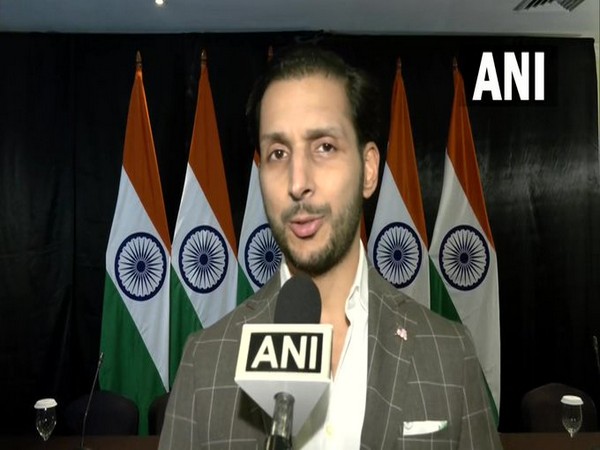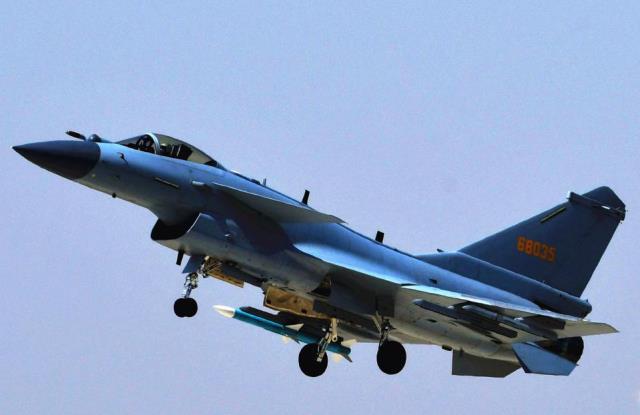In response to a question regarding Washington’s financial aid to Pakistan for F-16 fighter jets, the US State Department Spokesperson Zed Tarar said that it was part of the contract between the two nations and does not represent monetary assistance.
Speaking to ANI in Bali, Tarar stressed that the fighter aircraft were three decades old and its spare parts were part of the old agreement.
“It’s not monetary help. These are 30-year-old aircraft and the spare parts were in the same contract,” Zed Tarar said.
The statement of the US State Department comes as Washington has approved the foreign military sale of the F-16 case for sustainment and related equipment worth $450 million to Pakistan. Earlier in September, the US Defence Security Cooperation Agency (DSCA) in a statement said that the Pakistan government had made the request to consolidate prior F-16 sustainment and support cases to support the Pakistan Air Force F-16 aircraft.
“The State Department has made a determination approving a possible Foreign Military Sale to the Government of Pakistan of F-16 Case for Sustainment and related equipment for an estimated cost of $450 million,” US Defence Security Cooperation Agency said in a statement.
It added, “The Government of Pakistan has requested to consolidate prior F-16 sustainment and support cases to support the Pakistan Air Force F-16 fleet by reducing duplicate case activities and adding additional continued support elements.”
In the statement, US Defence Security Cooperation Agency noted that the proposed sale will support the foreign policy and national security aim of the United States by allowing Pakistan to retain interoperability with Washington and partner forces in counterterrorism efforts.
Citing US President Joe Biden’s statement, Zed Tarar asserted that the US will give a response to terrorism. Speaking to ANI, Tarar said, “As for terrorism, the US keeps a close eye on terrorism.” Speaking about PM Narendra Modi and US President Joe Biden’s brief meeting, Zed Tarar said that there is a friendship between the two leaders.
Biden and Modi greeted each other with a warm hug and shared some light moments before heading into the day’s engagements at the G20 summit. He stated that the schedule for a bilateral meeting between the two leaders is in progress but he could not confirm whether or not there would be a meeting between the two leaders.
“The two leaders have met and both have met very warmly. The schedule for the bilateral meeting is in progress, right now I cannot say whether the meeting will happen or not, but hopefully, we will continue the conversation,” Zed Tarar said.
“There is a friendship between President Biden and PM Modi which is apparent. There are several world topics that both nations do not see face to face. But that does not affect our relationship. Every country moves as per their own strategy, most important is we are keeping pressure on Russia, not on our friends,” he added. (ANI)
Read More: http://13.232.95.176/

